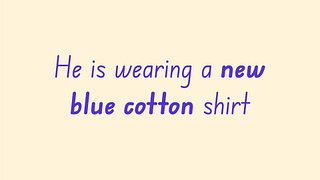The verb "to do" can function in two ways:
- As an auxiliary (helping) verb, used to form questions and negatives.
- As a main verb, meaning "to perform an action" or "to carry out something."
1. As an auxiliary verb, it helps form questions and negatives.
- Do is used with the base form of the verb in present tense for I, you, we, and they.
Example: "Do you like pizza?"
- Does is used in the present tense for he, she, and it.
Example: "Does she play soccer?"
- Did is used for all subjects in past tense.
Example: "Did they go to the store?"
Negatives:
- To make a negative sentence, add "not" after "do," "does," or "did."
Examples:
- I do not like broccoli.
- He does not play tennis.
- They did not finish their homework.
2. When "do" is the main verb, it means to perform an action or to complete a task. In this case, it follows the same grammar rules as other verbs.
Examples:
- I do my homework every evening.
- She does the laundry on Sundays.
- They did a great job on the project.
3. Exceptions or Things to Pay Attention To:
When the main verb is "to be," we do not use "do," "does," or "did."
Example: Are you happy? (not "Do you be happy?")
Some verbs also do not need "do," "does," or "did" in questions or negatives, such as modal verbs (can, will, should).
Example: Can you swim? (not "Do you can swim?")


